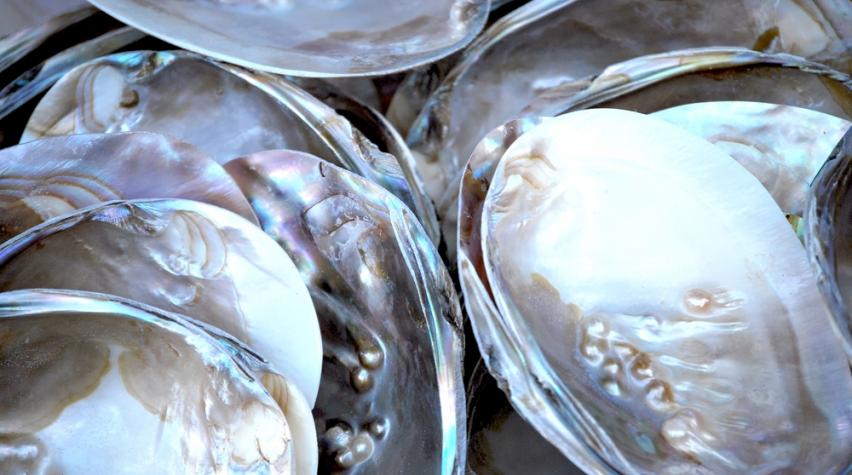
Nature offers rich inspiration for new materials, and one of the latest examples is the work of German researchers who have created a nanocomposite inspired by mother of pearl, or nacre.
Based in Aachen, Germany, at the DWI Leibniz-Institut für Interaktive Materialien e.V., the researchers have created a nanoscale composite that mimics mother of pearl’s many alternating layers of soft biopolymer with layers of calcium carbonate platelets. In this structure, the soft biopolymer is much like mortar and the calcium carbonate, like bricks.
Self-assembly process simplifies fabrication
Previous attempts to synthesize a similar structure on the large scale were not feasible, due to energy intensive and laborious multistep procedures, and the transparency of mother of pearl was also illusive in the creation of films and foils. Head researcher Andreas Walther explained the group’s success, saying, “Mussels grow nacre in a lengthy process. For our nanocomposites, we instead apply a rapid self-assembly process.”
First, the researchers coat the clays with a layer of polyvinylalcohol (mortar on the brick) and subsequently, these core/shell particles self-assemble into a thin film upon water removal. The whole procedure takes less then 24 hours.
Glass-like transparency increases usefulness
To learn more about how the dimensions of the nanoclays influence the characteristics of the resulting nanocomposite, Walther and colleagues compared nanoplatelets of different size. "The nacre-mimetics based on small clays are very tough. However, if we use large clays with an aspect ratio of 3500, the resulting nacre-mimetics are both extremely stiff and strong. Their mechanical properties actually reach close to those of fiber composites, which are far more laborious to prepare," says PhD student Paramita Das. The glass-like transparency and the high gas barrier of the nanocomposite are an extra benefit of the material.
Potential future applications include as a structural material, as well as for gas storage and food packaging. It may also serve as an advanced substrate and for encapsulation of oxygen-sensitive organic electronics in flexible displays.


